27 Learning Center results found.
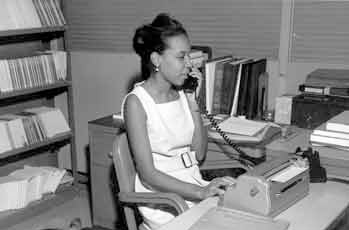
Blindness and Black History: One Leader's Perspective
When Carter G. Woodson created the observance of "Negro History Week," which later became "Black History Month," he inspired African Americans to protect and uphold their history, which not only includes written history, but also oral history and the preservation of special and unique artifacts. Our history is our genesis, our present, and our path to the future. It explains how we came to be, who we are, where we are today, and where we are going tomorrow.
From Freddie Peaco about history, educators, blindness

Blindness Sector Report on the 2012 ABC Audio Description Trial
This collaborative report, prepared by Blind Citizens Australia, Vision Australia, ACCAN, and Media Access Australia, aims to highlight the consumer experience of the audio description (AD) technical trial on ABC TV in order to persuade the Australian government to support a permanent AD service. Attempts to reflect the high demand for AD by consumers and outline the benefits of AD.
about research, description

Screenwriting Tip: Audio Description for the Blind By Eleanor Ball
On her blog devoted to writing tips for screenwriters and novelists, Lucy V. Hay reveals her discovery that description for the blind is an inspiration for writers. The new narration added has to be clear, simple, recognizable, and succinct. Listening to it is like attending a scriptwriting masterclass.
about description

Video Services for the Blind and Visually Impaired Population
For 12 million Americans who are blind or visually impaired, 1990 marked a new era promising fuller access to television programming through an innovative service called Descriptive Video developed by Boston public broadcaster, WGBH. This report, written and disseminated by WGBH, overviews the benefits of description and parallels those benefits with those of captioning. For example, the author notes, "Descriptions can also be useful when a viewer is doing several things at once, needs to attend to something, or leaves the room during a program. While these uses are not the original intent of the service, they need to be taken into account when considering the potential audience for and potential benefits of video description." It stands to reason that description can benefit everyone.
about description
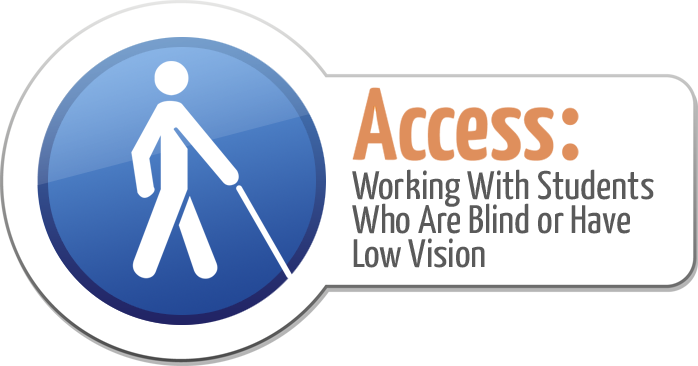
Access: Working With Students Who Are Blind or Have Low Vision
Access: Working With Students Who Are Blind or Have Low Vision Module is designed for teachers working in general education who have students who are blind or have low vision. It is meant only as an overview and will touch on some of the most important aspects of educating students who have vision loss. It will provide resources for teachers to learn more on various topics.

Getting a Job! for Students Who Are Blind and Visually Impaired - Module
The Getting a Job! for Students Who Are Blind and Visually Impaired online training was developed and designed for students who are blind and visually impaired and the professionals who work with them. Focusing on the transition from school to work, the training offers a series of activities, supporting documents, and topical videos designed to help the job seeker prepare for the world of work. It features several blind and low vision role models to guide students along the path to work.
From about module, blindness
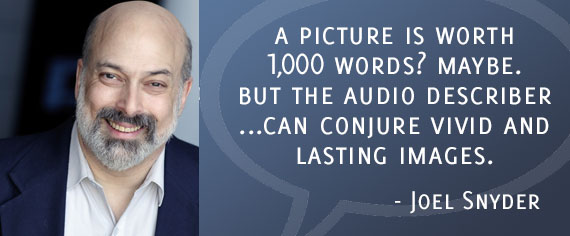
The Audio Description Project: Promoting Accessibility for Students Who Are Blind
The BADIE contest promotes the Benefits of Audio Description in Education by inviting young people who are blind or visually impaired to view a video with audio description and write about their experience. Audio description is a secondary audio track with additional narration that describes vital visual information. The contest is hosted by the American Council of the Blind’s Audio Description Project (ADP) and the Described and Captioned Media Program (DCMP).
From about collaborators, description, blindness

Enhancing Movie Comprehension for Individuals Who are Visually Impaired or Blind Through Haptics
This work proposes a promising multimodal approach to sensory substitution for movies by providing complementary information through haptics, pertaining to the positions and movements of actors, in addition to a film's audio description and audio content. In a ten-minute presentation of five movie clips to ten individuals who were visually impaired or blind, the novel methodology was found to provide an almost two time increase in the perception of actors' movements in scenes. Moreover, participants appreciated and found useful the overall concept of providing a visual perspective to film through haptics. A thesis presented in partial fulfillment of the requirements for the degree master of science at Arizona State University by Lakshmie Narayan Viswanathan in 2011.
about research

Children's Literature Featuring Characters Who are Blind or Have Low Vision: Annotated Bibliography
Approximately 50 book titles compiled by Mary Ann Siller. A reading motivation for students who are blind or visually impaired is to introduce them to books with visually impaired characters. The forty-eight titles in this bibliography compiled by Mary Ann Siller include stories about Ronald who has an array of humorous mishaps until he gets this glasses (Watch Out Ronald Morgan!), an emperor's daughter who is blind (The Seeing Stick), Brian who is blind and learns to take care of his new parakeet (Brian's Bird), and many more.
about literacy, educators

Who's Watching? A Profile of the Blind and Visually Impaired Audience for Television and Video
The American Foundation for the Blind completed a study in 1997 of the viewing habits of blind and visually impaired people and the impact of video description. This version is accessible to blind and visually impaired people using screen readers as well as to people accessing the internet through slow connections.
Limited print copies with complete graphics, available at no charge, can be requested from the American Foundation for the Blind Information Center.
about research

Descriptive Children's Television: Bridging the Gap for Blind Kids While Benefiting All Kids
While some research has been conducted about the benefits of description and blind adults, no empirical data have been collected relating to benefits of description for children. In this paper by Melanie Peskoe, literature has been reviewed to discuss (1) the emerging trend toward educational programming for preschool-aged children, (2) the various theories about how children learn, and (3) the implications of description for both blind and sighted children. This paper serves as a foundation for future, needed research on this topic and calls for attention to be paid to both the social impact of description as well as the methods used for deciding when, what, and how to describe.
about research, description

Summertime Cool Lessons
This activity list supports DCMP's Summertime Cool Lesson Calendar in the Summertime Cool: Ideas to Enrich and Teach Learning Center resource for educators of students who are blind and visually impaired.
From Mary Ann Siller about educators, blindness
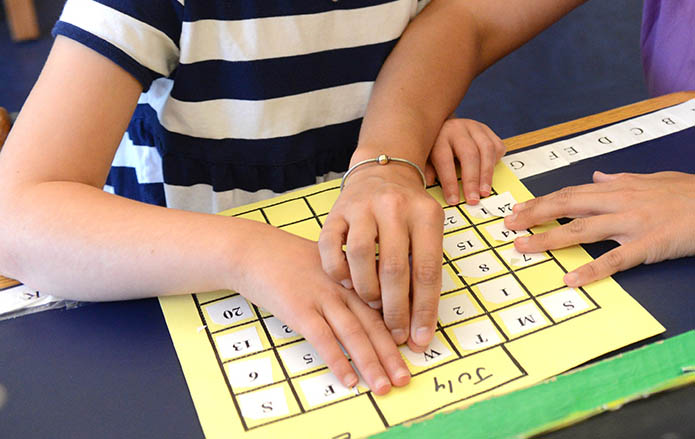
On the Need for Usable Videos for Deaf-blind Students and How It Can Be Met With Captioning and Description
The Described and Captioned Media Program (DCMP) is a national non-profit that is
federally funded to serve as a free-loan media library of accessible educational videos
for K–12 students who are deaf, hard of hearing, blind, visually impaired, or deaf-blind.
DCMP recently conducted interviews in order to determine how accessible videos are
used in the classroom with students who are deaf-blind and what other options need to
be included in order for these videos to meet the widest need possible.
about deaf-blind, educators
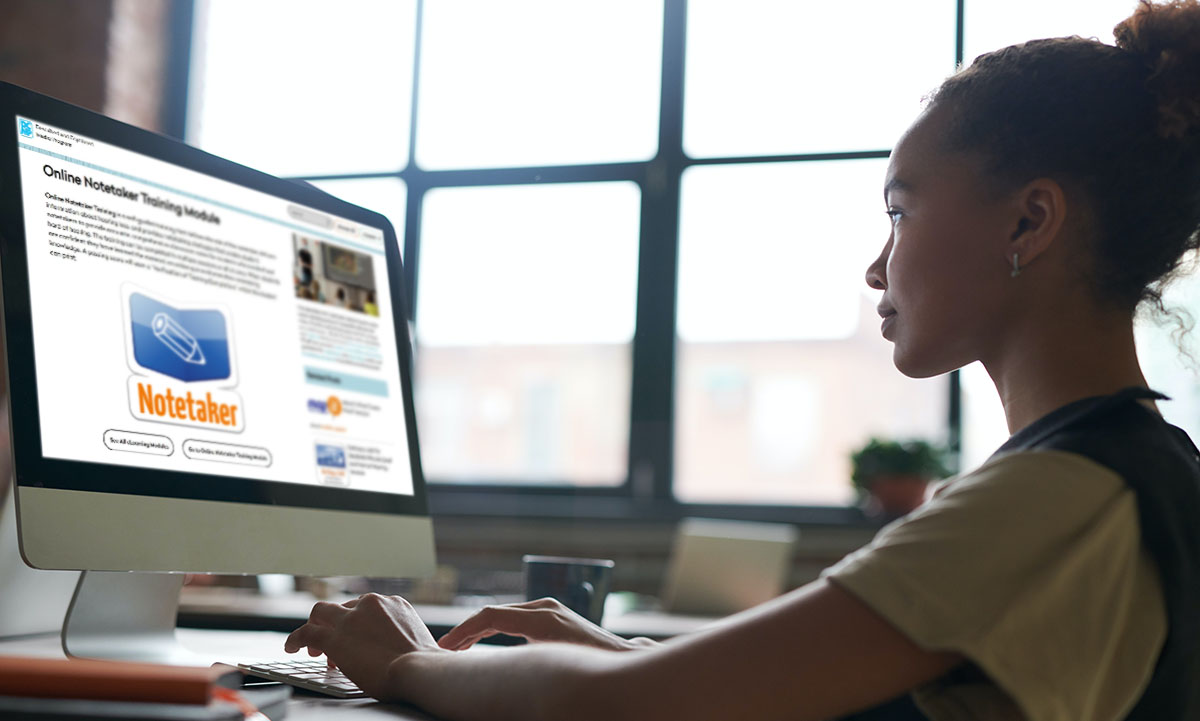
eLearning Modules for Students
DCMP has a variety of self-paced online learning modules designed for students and for teachers with students in transition. These modules are open to eLearners and full members. Click on the links below to read more about each module.
From about module, transition, blindness, deaf
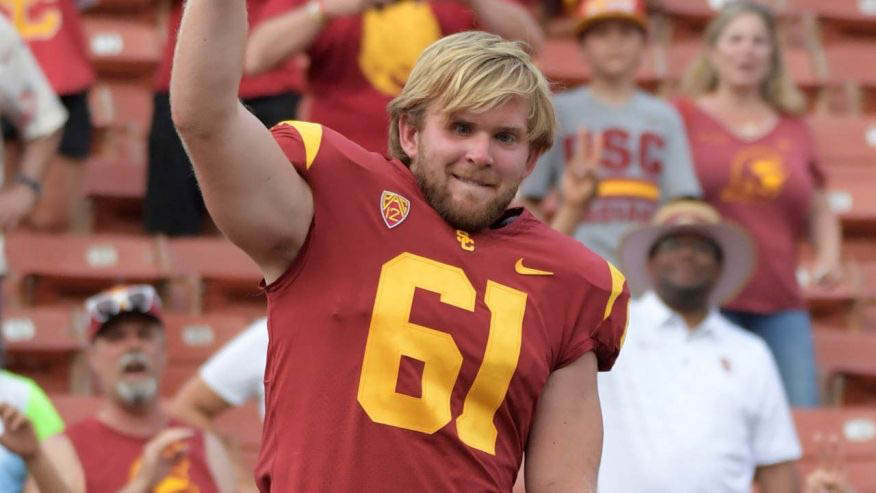
Everyone Needs a Role Model - Jake Olson
Children often hear the question, “What do you want to be when you grow up?” They may respond by sharing their goals of wanting to become an astronaut, rock star, princess, or president. While these professions are unlikely outcomes for most children, we try not to discourage their dreams. Do we offer the same level of encouragement to students with disabilities? We should. There are many role models for these students who show us anything is possible.
From Cindy Camp about parents, educators, blindness